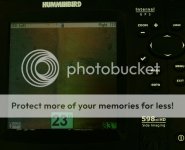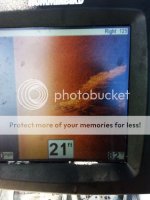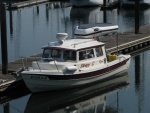jkswor
New member
- Joined
- Jun 23, 2011
- Messages
- 161
- Reaction score
- 0
- C Dory Year
- 2007
- C Dory Model
- 25 Cruiser
- Vessel Name
- Missy marie
Do a lot of halibut and salmon fishing out of valdez alaska in depths from shallow to 400 ft or so. also do shrimp pots in depths up to 450 or so.
Was thinking about a garmin gvc 10 and down vu/side vu transducer.
Anyone see an advantage to the side vu technology for ocean fishing? or a waste of money.
thanks in advance
Jim
Was thinking about a garmin gvc 10 and down vu/side vu transducer.
Anyone see an advantage to the side vu technology for ocean fishing? or a waste of money.
thanks in advance
Jim




